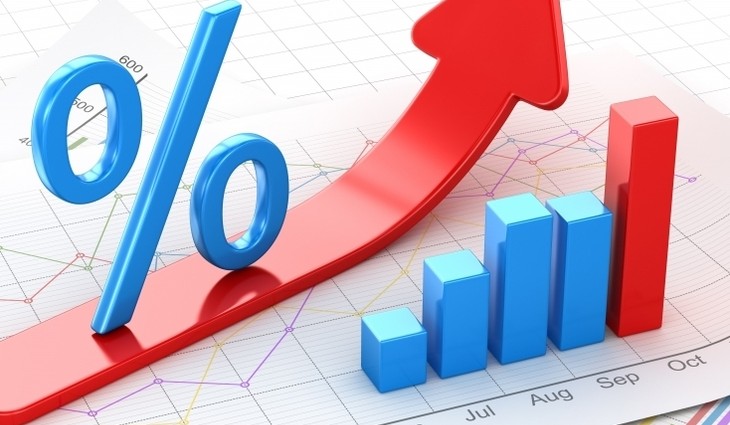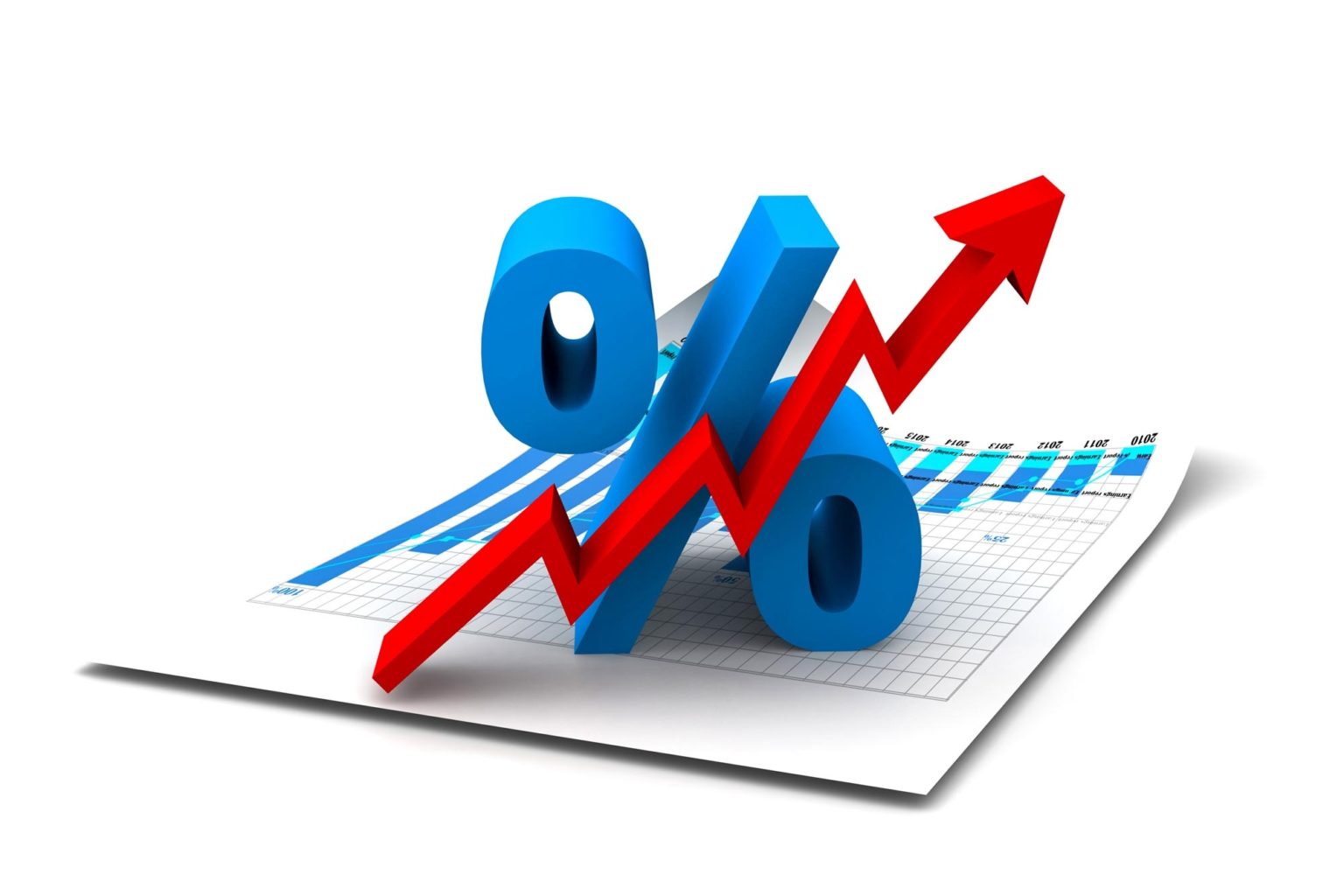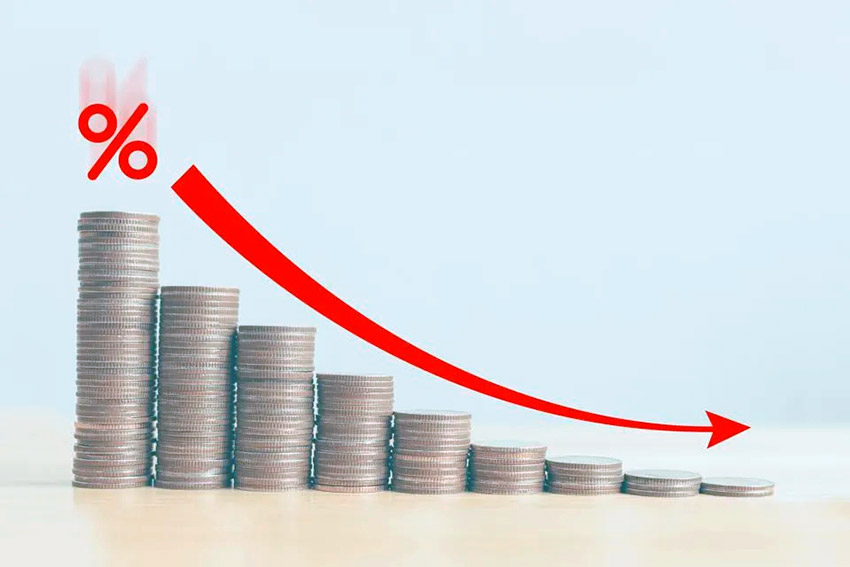What is the refinancing rate in simple terms.


The world of finance is incredibly diverse and vast. For example, what is the refinancing rate? It is a convenient tool that conditionally denotes the cost of money. In addition, it should be immediately noted what the refinancing rate affects when it comes to the economy.
To understand what the refinancing rate is, it is worth reviewing all the terms associated with it in simple terms. It is important to understand what this rate means and what it influences.
What does the refinancing rate mean?

Financial instruments and indicators have incredibly important significance. What is the refinancing rate in simple terms: it is established by the central bank of the country (in Ukraine - the National Bank of Ukraine, NBU) and reflects the percentage at which banks can borrow money from the central bank.
This rate has its fundamental concepts and principles. What is being talked about:
- To start, it is important to understand what this rate is at all. It is the interest rate at which commercial banks can borrow money from the central bank to maintain their liquidity.
- Next, it is worth understanding how the rate is established. The National Bank of Ukraine regularly analyzes the economic situation in the country, taking into account inflation, unemployment rates, external economic factors, and the state of financial markets. Based on this data, a decision is made to increase, decrease, or maintain the rate.
- It should be mentioned separately what this rate is needed for. First of all, it is about controlling inflation. A high rate limits access to cheap loans, which reduces demand and helps to curb price growth. We must not forget about supporting the economy. A low rate stimulates lending to businesses and individuals, contributing to economic growth.
In addition to these important functions, the rate can influence everyday life issues. The refinancing rate affects not only banks but also ordinary citizens, as it is directly linked to lending conditions, deposits, and exchange rates.

What is being discussed:
- Lending features. If the refinancing rate is high, banks increase interest on loans. This makes loans more expensive for individuals and businesses. With a low rate, loans become more accessible.
- A similar principle is used for deposits. A high refinancing rate encourages banks to raise interest rates on deposits. This is advantageous for those who want to preserve or increase their savings. A low rate reduces deposit yield.
- This rate also affects the exchange rate of the national currency. An increase in the rate can strengthen the hryvnia, as higher yield attracts foreign investors. A decrease in the rate can weaken the currency.
So, this rate is quite important.
What is known about the refinancing rate and the economy of Ukraine in 2024?

In 2024, the economy of Ukraine is facing a number of problems, including the need for recovery after the war, inflationary pressure, and fluctuations in international markets. The refinancing rate is used as a tool to manage these processes. What are its main functions this year:
- Containing inflation. After high inflation in previous years, the rate remains at a level conducive to stabilizing prices.
- Improving conditions for business. Economic recovery requires accessible loans, so the refinancing rate is gradually decreasing.
- The rate also plays an important role in attracting investments. A stable rate and strengthening of the hryvnia make the Ukrainian market attractive for foreign investors.
This high rate has its advantages and disadvantages. Let's start with the pros:
- Curbing inflation.
- Strengthening the national currency.
We must not forget about the risks that are also included with the rate. What is being discussed:
- Slowing economic growth.
- Increased cost of loans for businesses and citizens.
A low rate also has its own advantages. It stimulates the economy and makes loans accessible. Speaking of risks, these include increased inflation and weakening of the hryvnia.

How citizens can consider the refinancing rate in personal finances:
- Plan loans. Monitor the rate to understand when it is best to take out loans.
- Compare deposits. A higher rate increases the yield of your savings.
- Invest wisely. Consider the impact of the rate on the hryvnia exchange rate and inflation.
In general, the refinancing rate is a tool through which the NBU regulates the economy of Ukraine. In 2024, it plays a key role in the country’s recovery, curbing inflation, and supporting businesses. For Ukrainians, it is important to consider this indicator when planning loans, deposits, and investments to manage their finances most effectively.
How to use the refinancing rate for earning?

The refinancing rate is an important financial instrument that can be used to increase income. It can help all citizens earn. What is being discussed:
- To begin with, this rate will assist in investing in deposits. Bank deposits often depend on the refinancing rate. When it increases, the interest on deposits rises, allowing additional income from savings.
- You can consider the option of lending. In periods of low refinancing rates, loans become cheaper. You can take a loan for business development or the purchase of assets that will yield profits over Time.
- Bonds. Government and corporate bonds are tied to the rate. When it changes, you can speculate on the difference in bond yields, managing your portfolio wisely.
- The stock market. Changes in the refinancing rate affect stock prices. For example, when the rate is lowered, companies obtain cheap loans, boosting their capitalization.
When it comes to mortgages, the rate will also be useful. A low refinancing rate makes mortgage loans accessible. Buying real estate for rent becomes a profitable solution.
You can come out ahead by refinancing old loans. If the rate drops, you can refinance an existing loan to a more favorable interest rate, saving money for other purposes.
Read also
- What is emission in simple terms
- What is an embargo in simple terms
- What is a moratorium in simple words
- What is the Gini coefficient in simple terms
- What is debt consolidation in simple words
- What is institutionalism in simple terms









